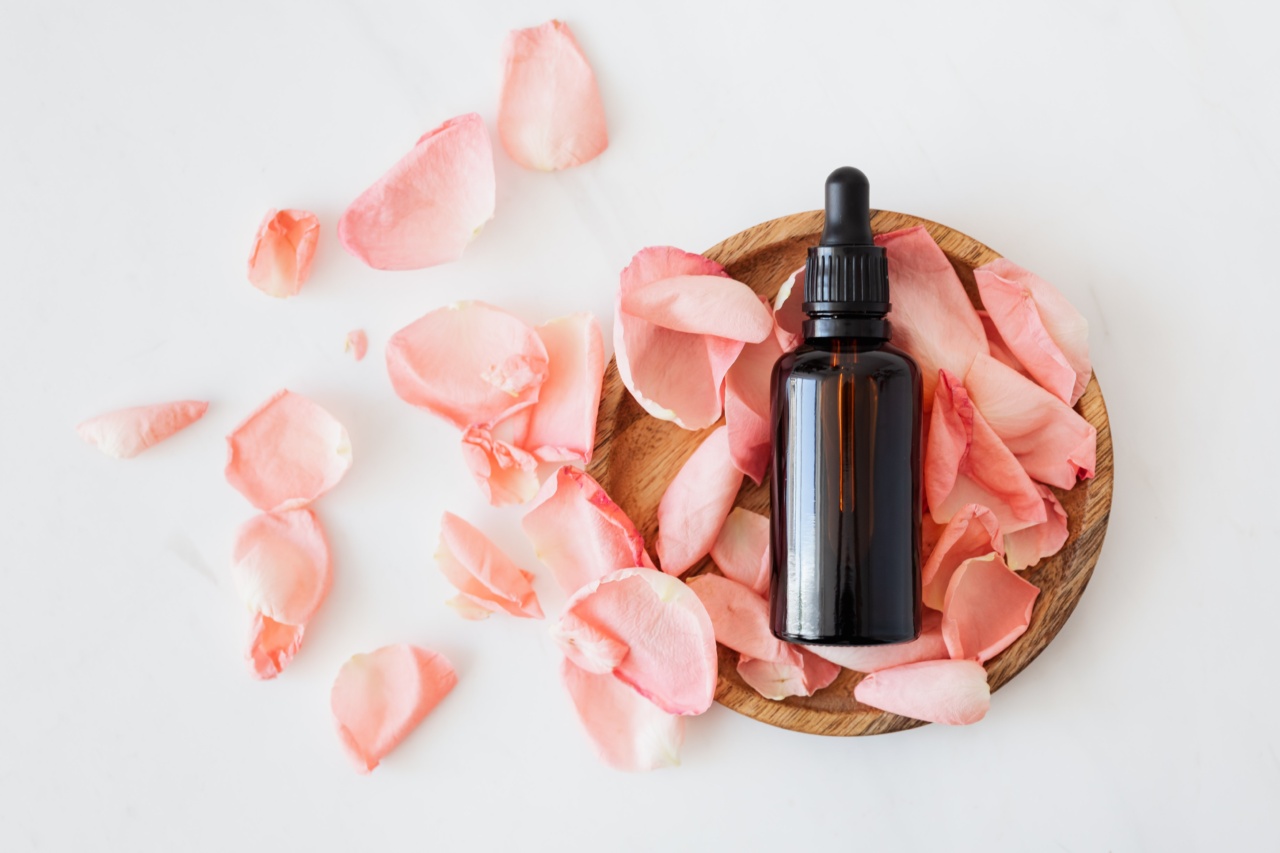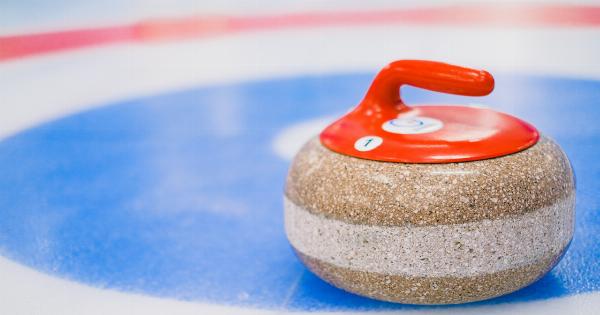Warts are skin growths caused by the human papillomavirus (HPV). These are a common skin infection that appears as small, rough, raised or bumpy growths on the skin’s surface.
Warts can appear on any part of the body, but commonly develop on hands and feet. Warts are typically not harmful, but they can be uncomfortable, unsightly, and contagious.
What are the methods to treat warts?
Warts normally disappear within one to two years even without any treatment. However, many people prefer to choose treatment for warts to decrease their duration and symptoms.
There are several treatments available for warts, including medication, surgery, and over-the-counter products.
Medications for treating warts
Medications to treat warts contain salicylic acid, which is useful in removing warts by breaking down the cells of the wart and enabling them to come off. Medicated patches and solutions containing salicylic acid can be bought over the counter.
Apply the solution or patch to the affected area and leave it there until it dissolves. This technique can take a few weeks, but it’s often helpful. Stronger acid peels or acetic acid can be used by doctors, but need to be administered with care.
Cryotherapy
Cryotherapy is a procedure used to destroy warts by freezing them with liquid nitrogen. It’s a type of medical cryosurgery which helps in getting rid of warts.
Cryotherapy is typically a painless procedure, but it may cause some blistering after the treatment. This treatment can be repeated every three to four weeks until the warts are gone.
Surgical Removal of warts
In some cases, a person may request surgical wart removal. In surgical wart removal, the affected area is numbed and then the wart is cut away using a scalpel. Electrocautery and curettage are procedures that can remove warts.
Electrocautery burns the wart and curettage involves scraping it off. These procedures are frequently utilized in a doctor’s office and are conducted under local anesthesia.
Laser Treatment
Another treatment option for warts is laser treatment. A medical laser can be used to vaporize warts on the skin’s outer layer in this method. The cost and risk of scarring are the primary disadvantages of laser surgery.
Laser surgery may is more commonly used when other treatments fail or when warts have become numerous.
Home Remedies for Warts
Home remedies can also be useful in getting rid of warts. These remedies require patience since they can take longer to work. Apple cider vinegar is one such remedy that is suggested.
To use this, soak a cotton ball in apple cider vinegar and place it onto the wart overnight. Wearing duct tape has also been suggested to get rid of warts. Cover the wart with a piece of duct tape and leave it there for a week. After one week is up, remove the tape and soak the area in warm water.
Then, use a file or pumice stone to slowly slough off the dead skin covering the wart. Repeat the process until the wart is entirely gone.
Preventing wart growth
While warts are caused by virus, there are certain steps that can be taken to prevent them from forming.
Always keep the skin dry and clean, keep your feet dry and change your socks daily, avoid sharing personal items such as towels and razors that may have come into contact with someone with warts, avoid walking barefoot in public places like showers, pools, locker rooms, etc. And, most importantly, avoid picking at warts since this can spread the virus to other parts of the body or to other individuals.
Conclusion
Warts are a common skin condition that is caused by a virus. Although they normally vanish on their own over time, there are various treatments available for those who want to decrease their duration and symptoms.
Medication, surgery, and home remedies are all effective methods of tackling warts, but it’s essential to take measures to avoid their occurrence in the first place.






























